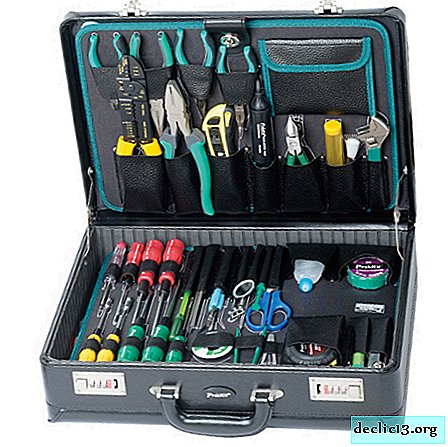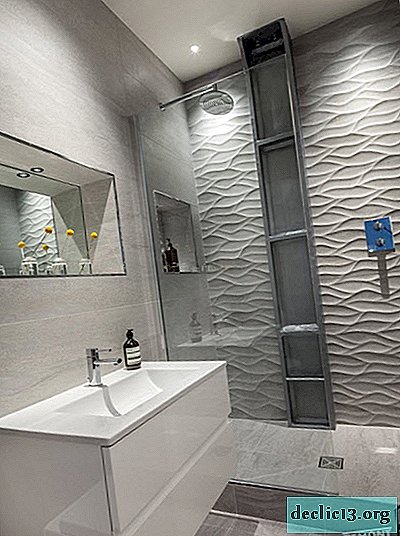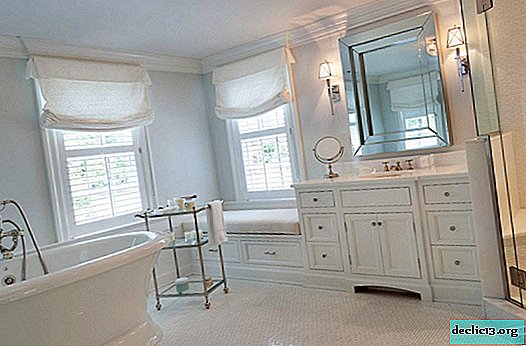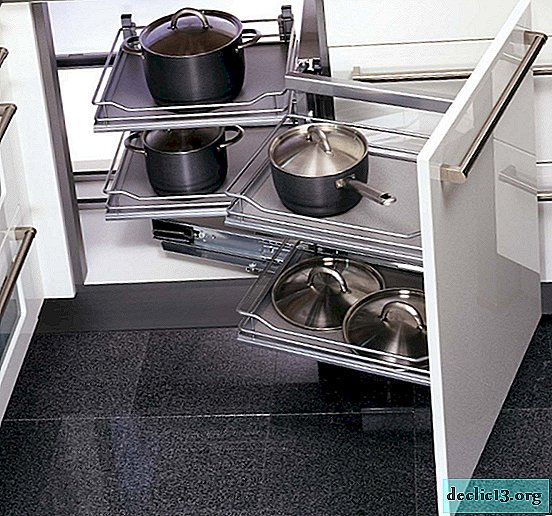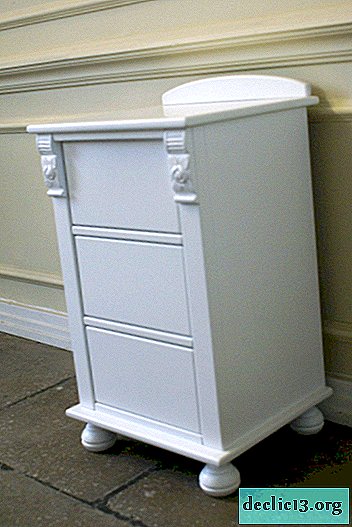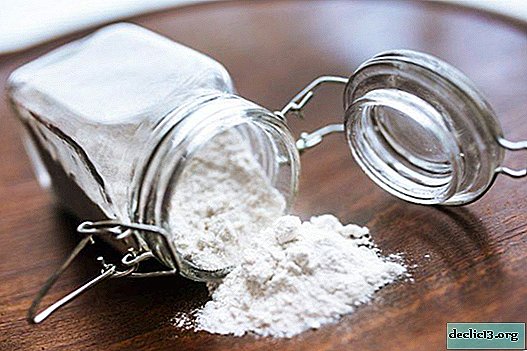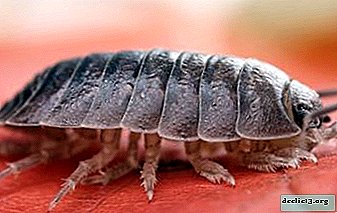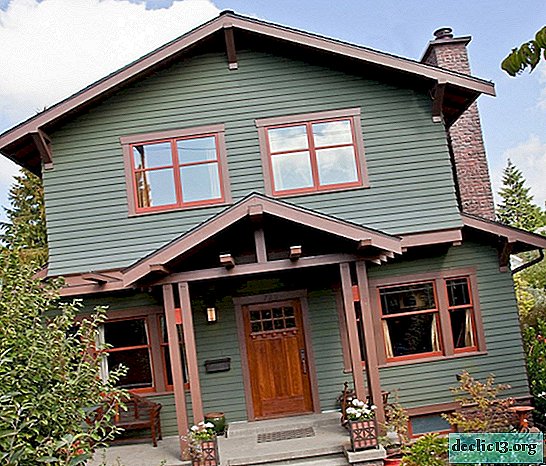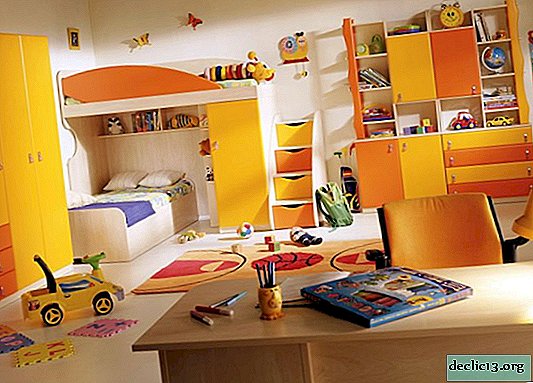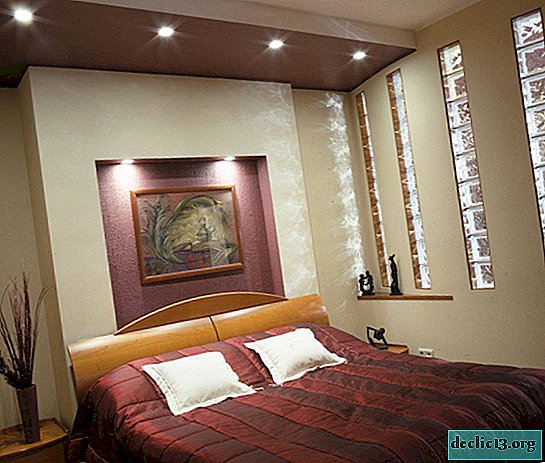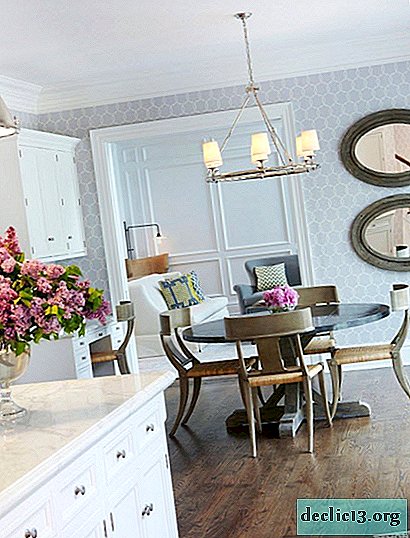Types of lamellas for beds, design features and purpose
Traditional beds with a mesh base are practically not used today. They do not provide proper support for the spine, which leads to the development of diseases of the musculoskeletal system. Modern berths are equipped with an orthopedic base, the springing ability of which is the key to a comfortable sleep. The base metal frame is filled with lamellas for the bed, which can be of various widths and lengths. The plates have a curved shape, characterized by elasticity and strength.
Features and purpose
Modern mattresses require the most even foundation, thanks to which the sleeping person feels comfortable. The orthopedic bed frame with a rigid structure significantly extends the life of the mattress. On the sides of the structure has small sides that fix the position of the mattress. The central part of the metal frame is filled with special curved planks called lamellas or armor plates.
In the manufacture of lamellas for beds, only high-quality, well-dried wood is used. In production, the massif is sawn into layers, which at a certain temperature are impregnated with an adhesive composition and become slightly curved. An important characteristic of finished products is their elasticity, which is possible due to the uniform arrangement of wood fibers. Therefore, not every wood is used in production, but only beech, birch, ash, maple, poplar. For additional protection against changes in humidity, the products are varnished.
The thickness of the plates varies in the range of 1-10 mm, the width is 25-120 mm. When laying them in the base, the distance of the products from each other can be 2-6 cm. In the designs for double beds, there are two rows of lamellas, separately for each sleeping person.
More frequent laying provides maximum reliability, which allows the use of the bed even to a person with significant weight. The maximum distance between the lamellas is chosen for light loads on the mattress. The standard for the foundation of a double bed 160x200 cm is considered to be a design with 30 crossbars. A smaller number of them may not provide the necessary strength. The minimum value is 22 lamellas for a double base.
The main functions of the rack base include:
- Ensuring good ventilation of the mattress. A lot of air enters the spaces between the slats, due to which the optimum temperature is maintained at the place where the body and the mattress come in contact;
- To fix the plates, special holders are used, which ensure a noiseless design;
- The flexibility and elasticity of the slats allows the mattress to take the most physiological position, which ensures good sleep and a full restoration of strength;
- Reducing and even distribution of the load on the mattress, which significantly extends its service life. The probability of reproduction of pathogenic microflora inside the mattress is reduced;
- Products have a low cost, they do not affect the final cost of the bed;
- High base makes cleaning easy. Trash under the bed can be quickly swiped out.
When choosing a bed or a base for it, it is important to study the possibility of buying accessories in case of breakage or damage to any parts. Accessories for beds include not only lamellas, but also transformation mechanisms, latent holders, gas lifts for lifting mechanisms. If the orthopedic base was damaged during improper use, it is possible to replace the damaged lamellas for the bed with your own hands. Breakage of lamellas often occurs when the air inside the room is too dry, when the wood dries up. In this case, it is recommended to regularly treat the plank surface with a damp cloth.
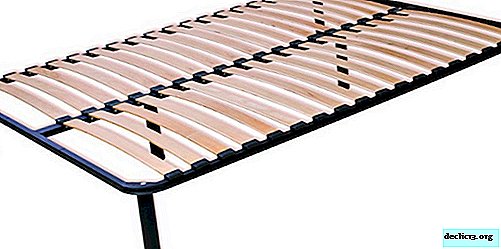

Wood species
A beautiful bedroom with mirrors and a large comfortable bed is the dream of every person. After all, it is in a dream that we rest and restore strength. The quality of sleep depends on the bed. Maximum comfort and durability of the bed base can be obtained by using a good mattress and supportive armor made of suitable wood. The most popular breeds from which wooden lamellas for beds are made are:
- Birch - has white wood with a slight yellowish or reddish hue. An array is going into production at the age of 15-40 years. High decorative texture due to the confused arrangement of fibers with their high uniformity. Products made of birch are distinguished by good strength indicators, they are easily bent and undergo a different treatment;
- Beech - refers to expensive materials. An array of white with a reddish or yellowish tint, annual layers are visible well. Wood is highly resistant to deformation, firmly holds fittings. Often used in the manufacture of bent products due to its natural elasticity. It tolerates differences in humidity and temperature. It has an average degree of resistance to decay. Beech lamellas are made for expensive beds;
- Ash - has elastic and strong wood. Products from it are difficult to split. The array has a light color, no heart-shaped rays. Qualitatively dried material practically does not deteriorate under the influence of external negative factors, it is easily processed. The material has low thermal conductivity, which allows it to be used near heating appliances. The cost of products from the array is high, they are used in exclusive products. An additional decoration can be a lamp above the bed or a carved headboard;
- Poplar and linden - have similar characteristics. Their wood has a low cost, has medium strength, softness. The dried array is easily processed, stained. Products from poplar and linden are impregnated with protective agents that make it possible to operate in conditions of high humidity;
- Maple - refers to the noble varieties, is actively used in furniture production. From it you can make a frame, headboard, rack base. The strength and density of the material depends on the type of maple. The elasticity and viscosity of wood allows you to process products in different ways, fasteners and fittings held in it reliably due to the significant hardness of the wood.
The optimum ratio of "price-quality" have slats of birch raw materials. Slats made of solid beech and ash significantly increase the final cost of the bed.
The production of lamellas and frame bases is carried out at furniture enterprises. But you can make armor at home, using suitable boards. Before making lamellas from boards, they must first be treated with adhesive. As fasteners, self-tapping screws, a tight edging tape or special fasteners are used - latraders. You can install the lamellas with your own hands in the grooves that are formed when special wooden blocks are fixed to the frame.
An alternative to wooden battens is metal lamellas. Unlike wood armored lathes, they do not change their rigidity during the entire period of operation, but they have significant weight. Metal rails practically do not bend under the mattress, which reduces its orthopedic properties. But when using a welded base made of metal, there will be no problem: the lamellas creak, what to do. Owners will be insured against this problem.
When choosing steel with a corrosion-resistant coating, the base can be operated in conditions of any humidity and temperature. Metal bars will need less than wooden. For a single bed, it will be enough to use 8-10 pieces, while wood products will require 14-15. Cast welded bases do not require an additional central guide. Metal armor is rarely used in beds with a lifting mechanism, as it has considerable weight.
 Beech
Beech Birch
Birch Poplar
Poplar Ash
Ash Metal
MetalWhat are the holders
All armor can be divided into 2 types, depending on their width:
- Wide strips (50-70 mm) are suitable for latex springless mattresses or products with spring blocks. They are installed at a distance of 4-6 cm from each other. It is convenient to use wide lamellas on the tape, then they can be brought closer or removed by changing the length of the base frame;
- Narrow crossbars (30-40 mm) are used for mattresses with independent springs, whose density is high. A grid with frequent narrow slats can be used for cots, cots or convertible beds. The distance of narrow strips from each other should not exceed their width.
Modern orthopedic bases are rarely equipped with rigid hull mounting lat. Preference is given to special fittings - lato-holders. Special tips are worn on each rail. Then the slats are inserted inside the special sockets on the frame. The flexibility of the rails allows them to be slightly bent during fixation.
Such fasteners for slats are made of the following materials:
- Polypropylene - the material has high strength, elasticity, lasts a long time;
- Plastic - the cheapest products having a short service life, low strength;
- Rubber - use of holders made of this material is recommended when a wooden bed creaks. Rubber elements prevent the appearance of unpleasant sounds when the elements rub against each other. Have a high price.
Special lattice holders allow you to adjust the rigidity of the base. This is achieved by moving the cursors along the bar. If a person has serious problems with the spine, then use blocks with double or triple armor. Such bases improve the orthopedic properties of mattresses, increase rigidity in the lumbar or cervical region.
The holders are fixed to the armor with furniture brackets, wood screws, rivets or with mounted plugs that are installed directly on the frame. With the advent of a wide range of orthopedic bases, the offer of lateral holders expanded, which differ in the type of fastening:
- Overhead;
- For fixing on round holders;
- Targeting
- For lateral fixation 53B or 63B;
- Domestic;
- Thrust 53UP or 63UP;
- Double rubber LPDA-2-38 or LK-38.
Clamps are purchased for a full set of slats or individually. If you need to repair the beds, then broken armor and holders can easily be replaced with new ones. Installation of new elements is simple and quick; no skills or expensive equipment are required to change. If you previously used a bed without slats, then you can replace the solid base with an orthopedic rack.
 Narrow
Narrow Wide
WideDimensions and parameters
All armor can be divided by several parameters: width, thickness and length. The standard thickness of the products is 8 mm. If necessary, you can choose thicker plates that can withstand people of significant weight. High-quality lat has the same radius along the entire length, which allows you to shorten long slats or cut them into several pieces. Orthopedic properties of products during shortening do not deteriorate.
The permissible load on the base depends on the width of the plates. For light cots, plates with a width of 38 mm are used. Designs for adults include the use of plates with a width of 53 mm or more.
The most popular lat sizes are:
- Small 38x8x890 mm, 50x8x990 mm, 53x8x990 mm;
- Medium 63x8x910 mm;
- Large 63x12x1320 mm;
- Wide 83x8x1320 mm.
The optimal bending radius of the products is considered to be R 4000-8000 mm, it is used by all the largest manufacturers. Finished products are polished and coated with a special adhesive with heat treatment. In the manufacture of the bases for sofas with the "French folding bed" transformation mechanism, large armors are used, making the berth comfortable for sleeping.
Products are graded. Grade 1/1 indicates maximum smoothness of the plate on both sides, it is made only of high quality material. Less quality products may have a grade of 1/3, 2/3, the cost of such plates is lower. Suitable holders are available for products of various widths.
The orthopedic base supporting the mattress in the correct position ensures a comfortable sleep. The metal frame with wooden slats extends the life of the mattress and provides good air exchange. Lamels are made of solid birch, beech, maple and impregnated with adhesive. They have a curved shape and are fixed with special holders.



